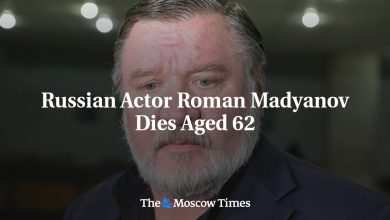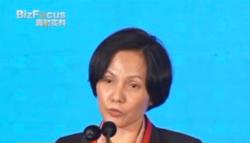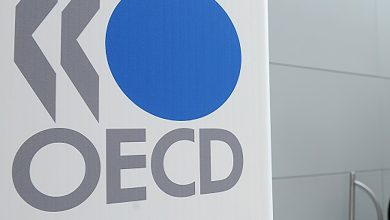Russia accuses West of assisting Ukraine in Kursk attack

A top Russian aide to President Vladimir Putin said the West and the U.S.-led NATO bloc provided assistance to Ukraine to plan the recent surprise attack on the Kursk region.
The lightning incursion, the biggest into Russia by a foreign power since World War Two, began on Aug. 6 when thousands of Ukrainian troops crossed Russia’s western border in a major embarrassment for Putin’s military.
Ukraine said the incursion was needed to force Russia, which sent its forces into Ukraine in February 2022, to start “fair” peace talks.
But the United States and Western powers, eager to avoid direct military confrontation with Russia, said Ukraine had not given advance notice and that Washington was not involved, though weaponry provided by Britain and the U.S. is reported to have been used on Russian soil.
Influential veteran Kremlin hawk Nikolai Patrushev dismissed the Western assertions in an interview with the Izvestia newspaper.
“The operation in the Kursk region was also planned with the participation of NATO and Western special services,” he was quoted as saying, without offering evidence.
“Without their participation and direct support, Kyiv would not have ventured into Russian territory.”
The remarks implied that Ukraine’s first acknowledged foray into sovereign Russian territory carried a high risk of escalation.
Putin chaired a meeting of Russia’s Security Council, including Patrushev, and said the discussion would focus on “new technical solutions” being employed in what Russia calls its special military operation.
Ukraine to pay for U.S. involvement: Kremlin
“Washington’s efforts have created all the prerequisites for Ukraine to lose its sovereignty and lose part of its territories,” Patrushev said.
Ukraine said on Thursday that it had installed a military commandant in the area it controlled, even as Russia intensified its offensives in Ukraine’s east.
Russia’s defense ministry for its part said it had repelled a series of Ukrainian attacks along the Kursk frontline.
Kursk regional governor Alexei Smirnov said Ukraine had destroyed a road bridge over the Seym river in the region’s Glushkovsky district. State news agency TASS, citing Russian security officials, said that could hinder an ongoing evacuation of the frontier district’s roughly 20,000 inhabitants.
While the Ukrainian attack has revealed weaknesses in Russian defenses and changed the public narrative of the conflict, Russian officials said Ukraine’s “terrorist invasion” would not change the course of the war.
Russia has been advancing for most of the year in the key eastern sector of the 1,000-km (620-mile) front and has vast numerical superiority. It controls 18% of Ukraine.
After more than 10 days of fighting, Ukraine holds at least 450 sq km (175 sq miles) of territory, or less than 0.003% of Russia. But for Putin, the incursion crosses another red line.
One Russian source told Reuters the incursion could embolden hardliners in Moscow who advocate a bigger war, but Putin’s choice may not be easy.
He has sought to portray Europe’s biggest war in seven decades both as a limited “special military operation” that need not upset daily Russian life and as a historic fight with a West that scorns Moscow’s interests and seeks to dismember Russia.
The U.S., which has said it cannot allow Putin to win the Ukraine war, so far deems the surprise incursion a protective move that justifies the use of U.S. weaponry, officials in Washington said.
But they also expressed worries about complications as Ukrainian troops push further into enemy territory.
One U.S. official, speaking on condition of anonymity, said that if Ukraine started taking Russian villages and other non-military targets using U.S. weapons and vehicles, it could be seen as stretching the limits Washington has imposed, precisely to avoid any perception of a direct NATO-Russia conflict.
Russia’s defense ministry has published footage that it said showed a Russian drone destroying a U.S.-made Stryker armoured combat vehicle in the Kursk region.






